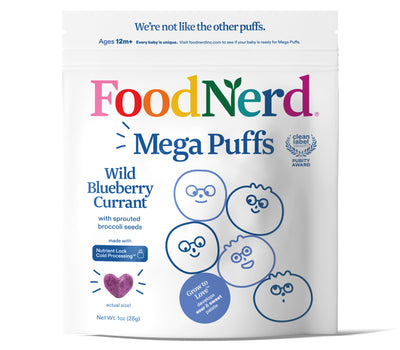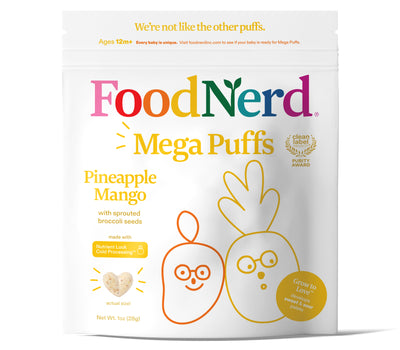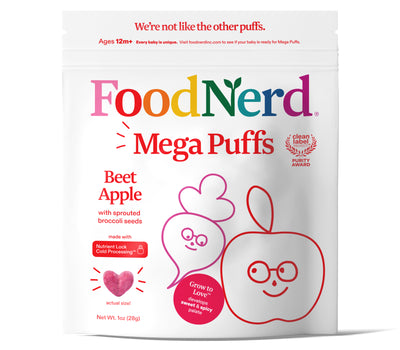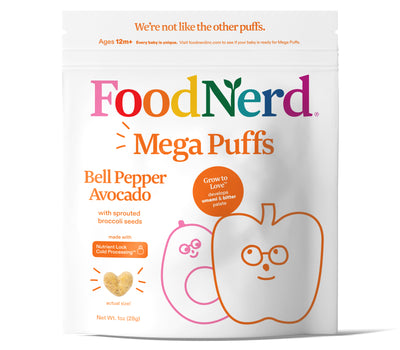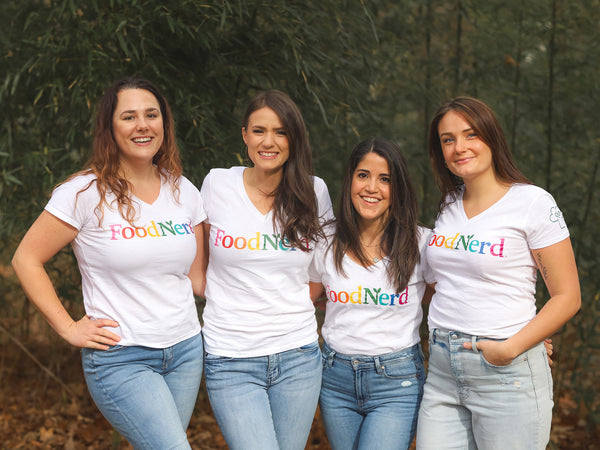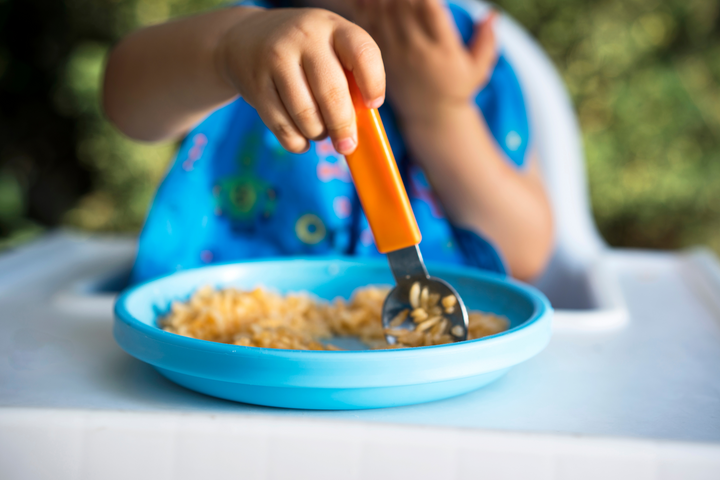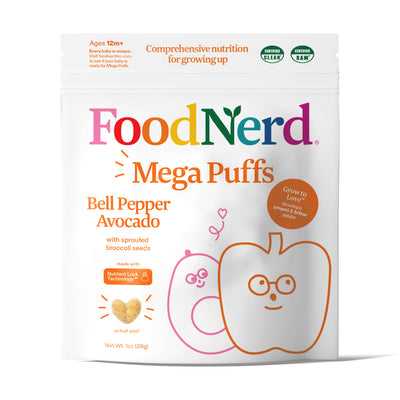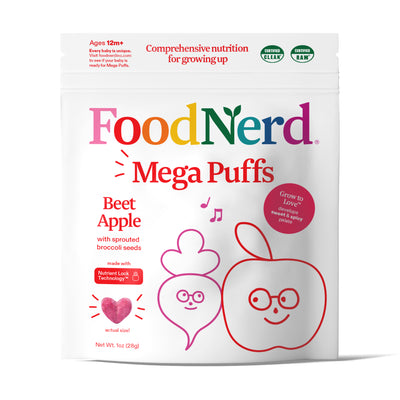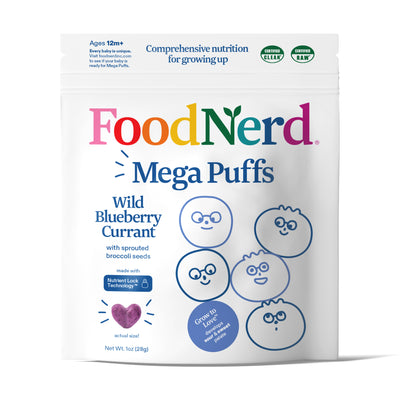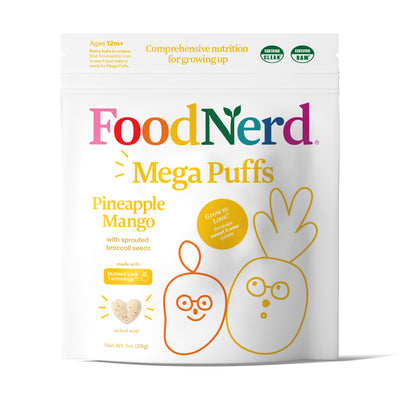Finding meals that fit your budget, meet your child’s nutritional needs, and still get eaten can be tough. It often feels like you have to compromise on cost, health, or taste.
But nutritious meals don’t have to be expensive or elaborate! With some careful planning of seasonal foods and your kid’s nutritional goals, cooking for your family can be cost-effective and delicious.
In this post, let’s go through budgeting tips for cooking for your family, healthy pantry staples, and examples to get you through this week’s meal prep!
Budget-Friendly Grocery Tips
Before you start cooking, healthy budget-friendly meals start with your grocery list. How you shop and what you shop for can make a big difference in your weekly food costs and help simplify meal planning.
Plan Meals in Advance
We’ve all heard to “stick to your grocery list” to avoid impulse buys, but crafting an effective grocery list is just as important! A good rule of thumb is to use the “Rule of 3s” - 3 proteins, 3 carbs, 3 vegetables, and 3 fruits.
Throughout the week, mix and match these elements to make everchanging meals out of similar ingredients.
Buy in Bulk
Buying in bulk works best for pantry staples like rice, oats, lentils, beans, and frozen vegetables. These foods store well and can be used in multiple recipes and food options. Although it differs for your family’s preferences, fresh produce, bread, and pre-packaged snack foods tend to expire faster and add to the grocery bill quickly.
Use Store Brands & Discounts
Food packaging can make expensive brands seem healthier by using buzzwords like “natural” or relying on aesthetic design. But store brands are often just as nutritious and less expensive!
Plus, look ahead at your store’s deals to help you decide which protein, carbs, and produce to select for the week.
Shop Seasonal Produce
Research shows that you can save up to 18% on groceries when you choose seasonal produce. Whether it’s buying from a farmer’s market or the seasonal goods at your grocery store, buying in-season leads to cheaper and more delicious produce your kids will actually enjoy.
Stay Up to Date on Food Stamps
If you take advantage of government assistance, make sure you stay up to date on which foods are covered! New foods become included all the time like the FoodNerd Mega Puffs, which are a great way for kids to get the benefits of fruits and vegetables in a shelf-stable form.
Core Ingredients for Affordable, Nutritious Meals
One of the easiest ways to stretch your grocery budget without sacrificing nutrition is to create a flexible meal structure. By choosing a few core ingredients from each category, you can mix and match throughout the week to keep meals interesting and reduce waste.
Here’s a simple guide to building your weekly meal base:
Whole grains & Legumes: Brown rice, quinoa, whole wheat pasta, lentils, beans, and chickpeas are affordable staples that add fiber, protein, and staying power to meals.
Frozen vegetables: Frozen produce is just as nutritious as fresh! It’s picked at peak ripeness and flash-frozen, which helps preserve both flavor and nutrients.
Fruit: Fresh fruit doesn’t have to break the bank. Apples, bananas, oranges, and kiwi are often affordable and packed with the same nutrition. Frozen or canned (in 100% juice or water) are also great options.
Plant-based proteins: Plant proteins like tofu, edamame, beans, and nut butters are not only nourishing but often more affordable than meat. They’re great to include in your family’s weekly meals.
Budget-Friendly Kid-Friendly Meal Ideas
Bean and Veggie Quesadillas
In a whole wheat tortilla, smash black beans, sweet potato, salt and pepper. Grill both sides until golden.
Vegetable Stir-fry with Rice
In a medium saucepan, heat up frozen peas, carrots, and edamame. Mix with brown rice, garlic, and soy sauce for added flavor.
Veggie-Loaded Pasta Sauce
Blend cooked carrots, tomatoes, and spinach into a smooth sauce and serve over whole grain pasta.
3-Bean Chili
Mix chickpeas, black beans, white beans, tomatoes, canned stewed tomatoes, tomato sauce, and frozen corn for a simple, filling one-pot meal.
Chia Seed Pudding
Mix chia seeds with milk of choice. After soaking overnight, top with fruit of choice.
Stuffed Baked Potatoes
Top baked potatoes with black beans, salsa, and avocado.
Oatmeal with peanut butter and flax
Add banana slices and fortified plant milk for a balanced, hearty breakfast-for-dinner option.
Chickpea salad sandwiches
Mash chickpeas with avocado, mustard, and seasoning, serve on toast or in lettuce wraps.
Bottom Line
Eating healthy on a budget is possible with a little planning! Focus on versatile, affordable ingredients like whole grain carbohydrates, plant-based proteins, and seasonal produce. With the right strategies, feeding your kids well doesn’t have to break the bank.
